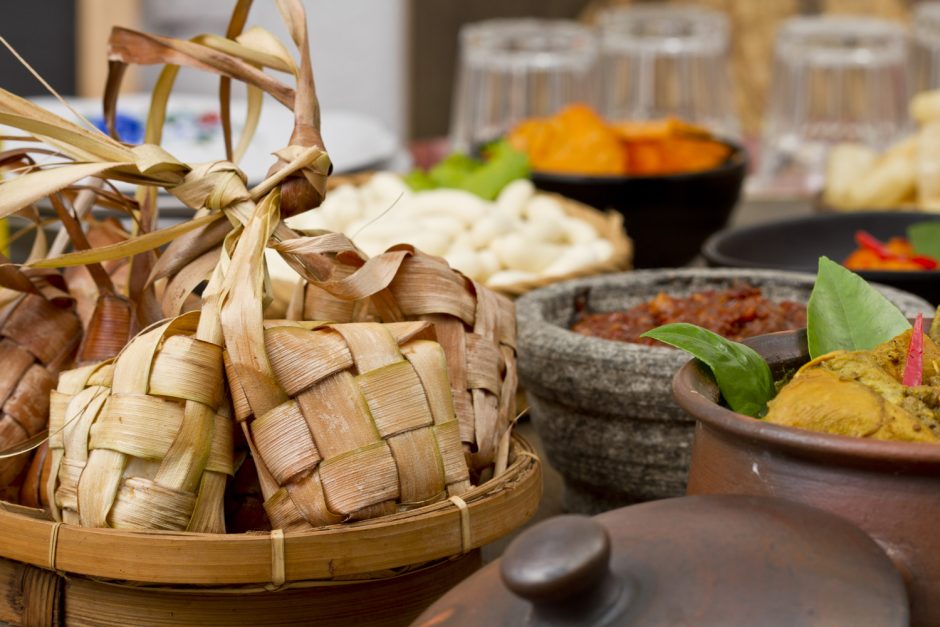Hari Raya Puasa—also known as Eid al-Fitr—is an important religious festival celebrated by the Islamic populations of Singapore and Malaysia. Given the truly original title of “Day of Celebration”, Hari Raya marks the end of Ramadan, which usually falls on the first day of Syawal—the tenth month of the Hijrah (Islamic) calendar. The celebrations tend to be pretty loud and raucous, and fair enough—I’d want to throw a party after a month of fasting too!
The day itself opens with an early morning prayer at the local mosque, where Muslims give thanks to Allah. They also seek forgiveness from family and friends for any wrongs they may have committed. Some families may also choose to visit the graves of departed loved ones in order to pray for their souls, and more traditional communities may also light up the pelita (lamp) at home.
Then it’s time to party! Everyone put on new clothes, houses are thoroughly cleaned and decorated, and then the feasting begins. No Hari Raya is complete without the excellent cuisine typically offered up at “open houses”. Muslims invite their friends and family (including non-Muslims) to their home to indulge in traditional delicacies, like ketupat (a rice dumpling cooked in a palm leaf pouch), rendang, dodol (a sticky, soft, toffee-like sweet), and satay.
Open houses refer to a local family in a community throwing open their house and inviting all their friends and family around, but it also refers to state and public land being open to host hundreds of people on Hari Raya. In Malaysia, this includes the district’s royal palace, parks and even shopping malls.
Children are given little green packets—much like the red packets given on Lunar New Year—with money or sweets inside as a way to welcome in the new month.
If you’re travelling through this beautiful part of the world during Hari Raya Puasa, feel free to get involved! It’s a great way to meet people and get a truly local experience. Just remember to avoid consuming alcohol, as it’s considered not-halal, and remember to eat with your right hand, as traditionally the left is reserved for other uses…






You must be logged in to post a comment.